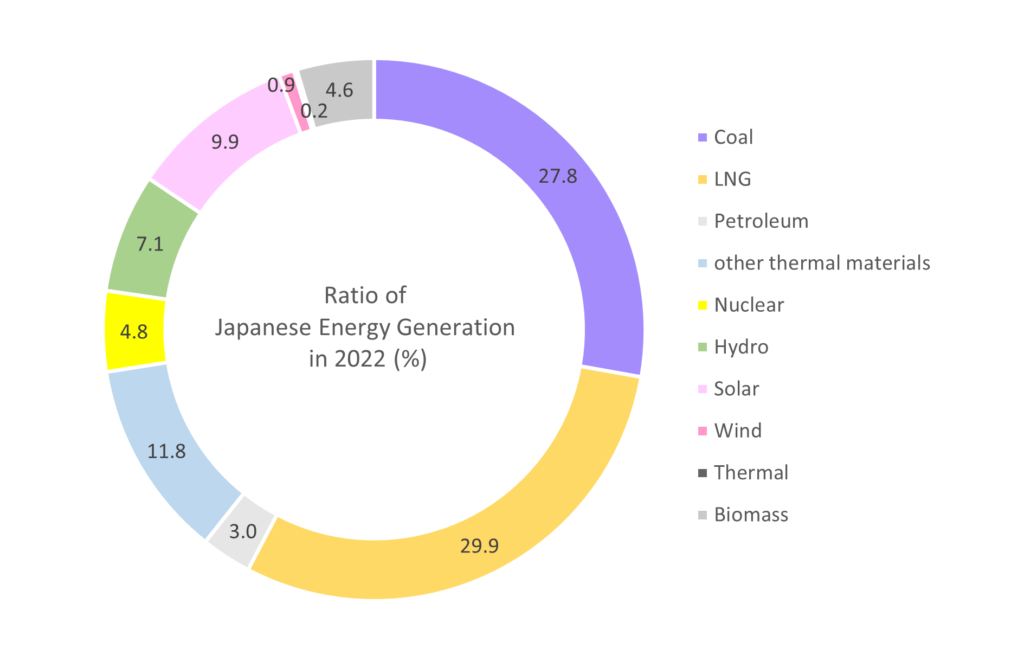How We Should Act for Climate Change?

At the cashier of grocery stores, we are asked to buy plastic bags. It used to be free of charge. The free plastic bags were sometimes with logos of each store, but the Japanese government put pressures on them and made it as a paid material. It is doubtful that this kind of forced decarbonization activity is truly necessary. We can see that Japanese emission of greenhouse gases (GHGs) cover only 3% of world total emission amount. Even if Japan could achieve the zero emission in the near future, how could it be effective when we look at the number at the world level. If the two big emitters, China and the US, don’t work extremely hard to take action toward decarbonization, the amount of GHGs will never decrease. It is also true that usage of electric devices will rapidly increase and the road of soil will be asphalt when the current developing nations become developed. In these ways, Japan’s effort will be nothing but waste of citizens’ money and time. What we should consider is the energy for electricity.
When the climate change proceeds, we can easily imagine about the climate-related disasters including scorching summer, but we will also face the shortage of electricity. Fossil fuels such as coal, liquid natural gas (LNG) or petroleum are limited. Thinking about Japan’s situation depending its energy sources on other countries, it is quite critical to secure the renewable energy. Even in 2022, thermal energy covers 60% of power generation in Japan. This country may not be limited for natural resources but is filled with natural energy. We can get solar power anywhere in the world, and Japan of course has a lot of it. There is wind, thermal or water energy, but we just don’t use them as the main power generator.

The reason why Japan don’t utilize the renewable energy is the cost of its installation. It is also said that the energy itself is unstable when some troubles are happened. However, the study about renewable energy has developed for years all over the world, and Japan also has high potentiality.
For example, we have perovskite solar cells, which are flexible and can use under the rainy or cloudy weather, and quantum dots solar cells, which will be able to receive 60% of energy from the sun in 2030s. The current solar panels are not functional enough because they are available only under the sunny weather and are not flexible, but these weaknesses will be solved with new technologies.
IISIA already posted the column about quantum dots, but the study has been developed. Quantum Dots has two types, “self-assembled quantum dot” and “colloidal quantum dot.” The latter one is the particle made from semiconductor, and its size is nanometer. There are high potentials to be an active layer material for solar cells. With this quantum dot, we can generate energy even at the night time. Even though there is a critical issue on the quantum computer that we have to emit huge amount of thermal energy in order to keep its condition, the proceeding research will make this issue be safe. In 2023, Tohoku University official announced that they were succeeded to evaluate electrical conduction. In this research, they achieved the greenhouse operation of the single electron transistor (SET) by utilizing colloidal quantum dots. In addition, they found that the SET would work under the room temperature and the electron orbit would change the current value (Source). The international academic journal, Nature Nanotechnology,revealed that Kyoto University could increase the non-linearly photoelectric current by connecting quantum dots (Source). These findings enhanced the application of quantum dots for further sophisticated solar cells.
Thank you for reading,
Yuki Kondo



